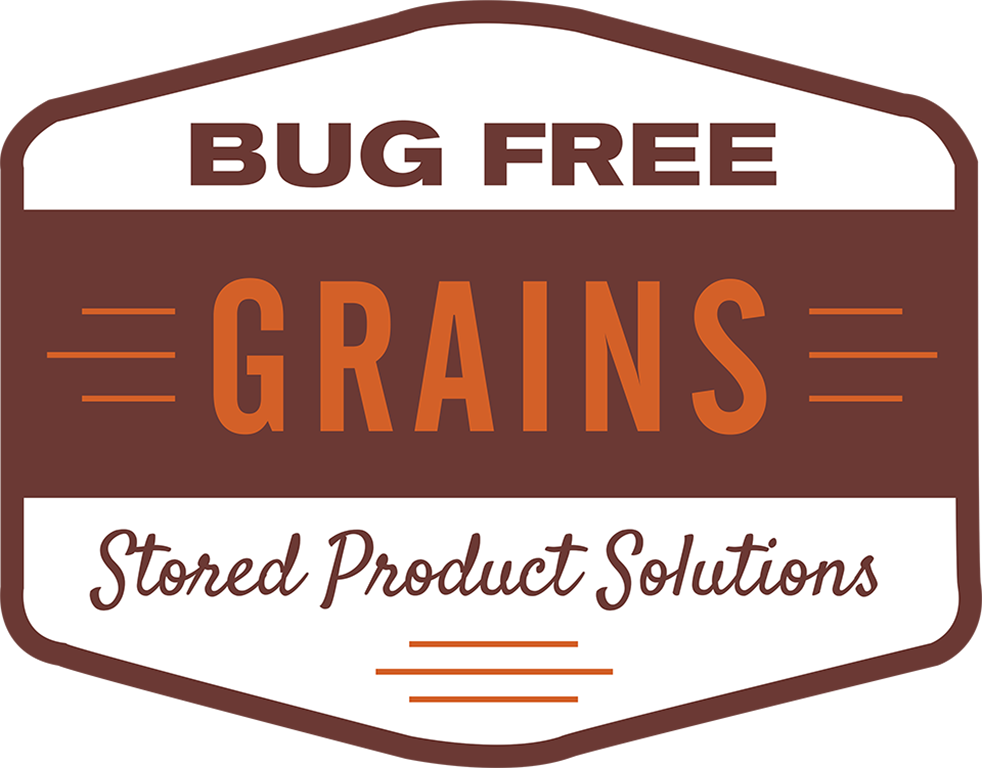Infestations in the Real World: Quantifying Milling Losses

Over the past several blogs, we’ve explored how lesser grain borer (LGB) infestations quietly undermine milling operations, from yield reduction and increased waste to costly cleaning adjustments and compromised flour quality. But what does that really mean for commercial millers and what actions can be taken to protect profitability? While even minor infestations have measurable effects, the cumulative impact is far more substantial. In this USDA-backed study our expert, Johnny Wilson, collaborated on, Table 2 models a commercial flour mill processing 680 metric ton of wheat per day, roughly 8.5 million bushels annually.

Estimated annual profit losses due to infestation were modeled as follows:
- Low infestation scenario:
- $77,000 (assuming insect-damaged material is milled)
- Up to $803,000 (if material is removed entirely to meet safety standards)
- High infestation scenario:
- $134,000 (processed with insect damage)
- Up to $814,000 (if removed entirely)
Even when dead insects are removed, damaged kernels remain, compromising tempering, handling, and milling performance. That means mills must process more wheat to meet the same flour targets, compounding cost and waste.
(Full trial data and study available upon request. Refer to Milling Journal Q1 2025 for additional detail.)
Why Millers Should Pay Attention
Infestation isn’t a one-time issue. It’s a process disruptor. And the options available after an infestation are rarely ideal:
- Adjusting process flows and cleaning systems may help remove insect material, but often at the cost of raw material loss and added inefficiencies.
- Discarding damaged wheat helps with overall quality, but significantly cuts into profit.
- Milling insect-damaged kernels risks exceeding FDA limits on fragments (75 per 50g), risking compliance and reputation.
In short, reactive solutions come with a price.
Insect Prevention Is Profit Protection
The most cost-effective way to manage these challenges is proactive insect control, hands down.
A strong prevention strategy includes:
- Regular monitoring of storage conditions and pest presence
- Timed treatment protocols to break insect life cycles early
- Integrated control tools that protect wheat through storage and processing
Together, these measures help reduce losses, improve yield, protect product integrity, and keep operations compliant.
Infestation can start small, but impact grows fast. Investing in preventative control gives milling operations the best chance to maximize flour output, reduce waste, and protect profitability.
Have questions or ready to get started with preventative protection measures? Visit our product page for information to help you implement a proactive solution, or contact a representative in your area to talk through the solution that’s right for you.
Learn more by following us for tips and updates:
Facebook – Central Life Sciences – Bug Free Grains
Twitter – @bugfreegrains
Stay up to date with the latest information and tips on how to keep bugs off your grain.

